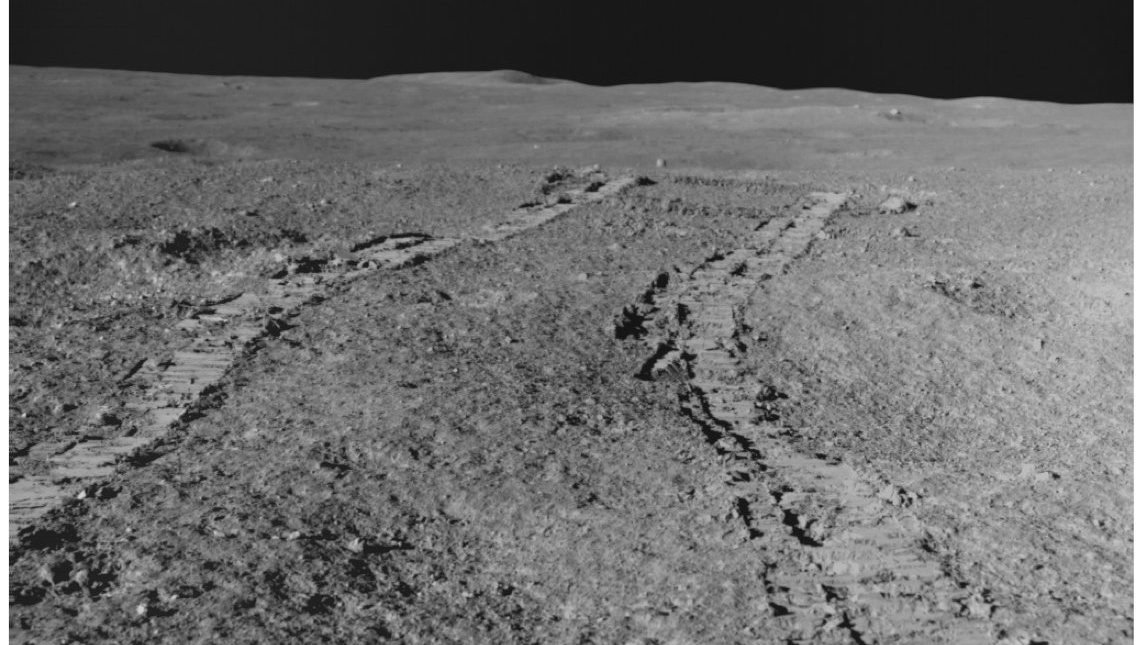Chandrayaan-3 Rover Finds Surprising Sulfur in Lunar South Pole Soil

The Indian Space Research Organisation's (ISRO) Chandrayaan-3 rover has found surprising traces of sulfur in the lunar south pole's soil. The discovery was made by the rover's Laser Induced Breakdown Spectroscopy (LIBS) instrument, which fires a laser at the soil and analyzes the resulting light to identify its chemical composition.

The LIBS instrument found that the lunar south pole soil is composed of the expected elements, such as aluminum, calcium, chromium, iron, manganese, oxygen, titanium, and silicon. However, it also found traces of sulfur, which is a relatively rare element on the moon.
Advertisement

The presence of sulfur in the lunar south pole soil is not fully understood. One possibility is that it was brought to the moon by comets or asteroids. Another possibility is that it was formed on the moon from the interaction of water and sulfur-rich gases.
The discovery of sulfur in the lunar south pole soil is significant because it could help scientists better understand the moon's formation and evolution. Sulfur is a key ingredient in many minerals, so its presence could indicate that the lunar south pole is a potential source of resources for future human exploration.
Advertisement
The Chandrayaan-3 mission is a major milestone for the ISRO. It is the first Indian mission to land on the lunar south pole, and it is also the first mission to deploy a rover on the moon. The mission is expected to provide valuable insights into the moon's geology and potential for resources.
Advertisement
The discovery of sulfur in the lunar south pole soil is just one of the many exciting findings that the Chandrayaan-3 mission is expected to produce. The mission is still in its early stages, but it has already made significant progress in our understanding of the moon.